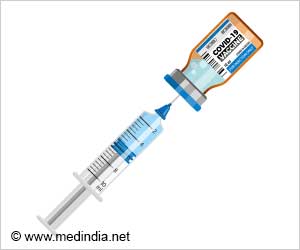A new study found that frail patients with atrial fibrillation are less likely to receive direct oral anticoagulant therapy, despite needing it the most and being more likely to benefit from it.

TOP INSIGHT
The Introduction of blood-thinning drug Direct Oral Anticoagulants Has Not Resolved Treatment Gaps for Frail and elderly patients.
They are also more convenient to use because of the tight blood-sample monitoring and regular dose adjustment needed for warfarin treatment.
“We were curious if the introduction of DOACs would help to address the known care gap that frail people with atrial fibrillation are less likely to be prescribed anticoagulant drugs like warfarin because they have more trouble going to the lab frequently for blood work and are at higher risk for bleeding complications,” explained lead investigator Finlay A. McAlister, MD MSc, Canadian VIGOUR Centre, and Department of Medicine, University of Alberta, Edmonton, AB, Canada.
The investigators examined prescribing data for 75,796 adults in Alberta, Canada, who had been discharged from an emergency department or hospital with a new diagnosis of nonvalvular atrial fibrillation between April 1, 2009, and March 31, 2019.
The Hospital Frailty Risk Score, which is based on the presence or absence of 109 diagnoses such as ulcers, falls, osteoporosis, and dementia, was used to define frailty.
Most of the patients met Canadian guideline criteria for anticoagulation treatment (92.1% of frail patients and 74.2% of non-frail patients). Anticoagulant prescribing increased more in non-frail patients (from 42.4% to 68.2%) than in frail patients (from 29.0% to 52.2%) over the period studied.
DOACs are generally covered by younger patients’ work-related drug benefits, while the government-sponsored drug program in Canada for patients older than 65 requires documentation that the patient was unable to have their blood monitored or had abnormal results while on warfarin.
Researchers hypothesize that clinicians may be more reluctant to anticoagulant elderly frail patients based on the risk of bleeding. But they will also have a higher risk of stroke.
This is a well-designed, clinically important study that is a wake-up call for clinicians on several fronts. It is getting late in the game to consider DOACs as an innovation.
Source-Medindia
 MEDINDIA
MEDINDIA



 Email
Email






